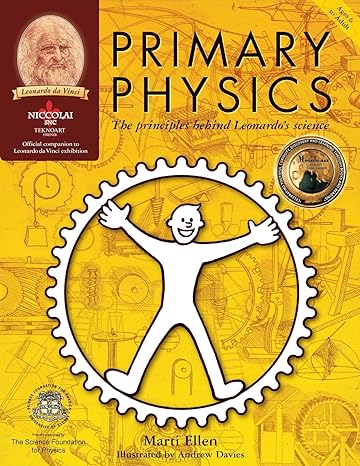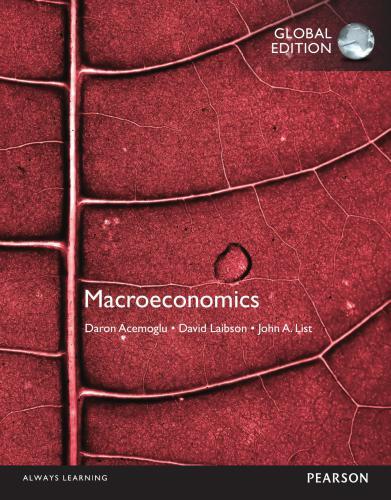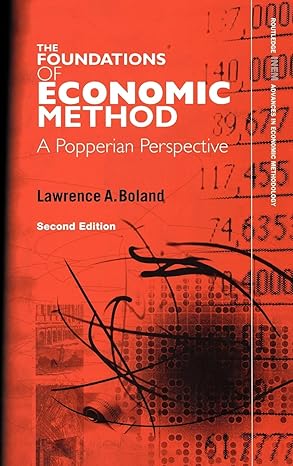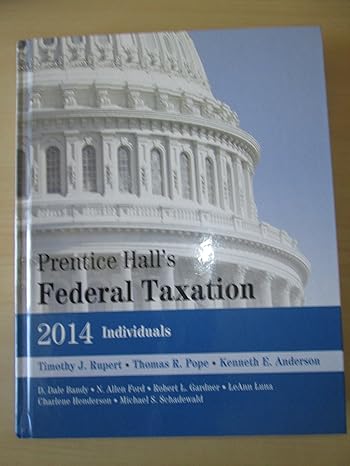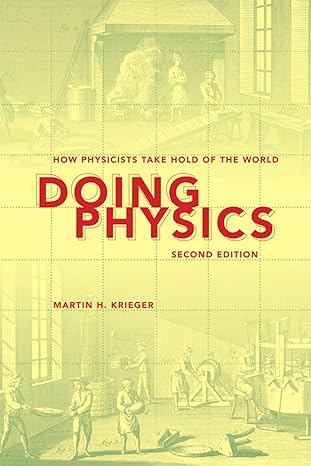Go back

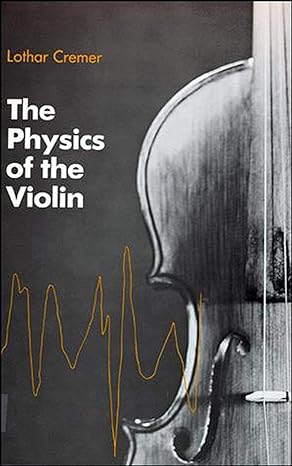
The Physics Of The Violin(1st Edition)
Authors:
Lothar Cremer, John S. Allen

Cover Type:Hardcover
Condition:Used
In Stock
Shipment time
Expected shipping within 2 DaysPopular items with books
Access to 30 Million+ solutions
Free ✝
Ask 50 Questions from expert
AI-Powered Answers
✝ 7 days-trial
Total Price:
$0
List Price: $35.00
Savings: $35(100%)
Solution Manual Includes
Access to 30 Million+ solutions
Ask 50 Questions from expert
AI-Powered Answers
24/7 Tutor Help
Detailed solutions for The Physics Of The Violin
Price:
$9.99
/month
Book details
ISBN: 0262527073, 978-0262527071
Book publisher: MIT Press
Get your hands on the best-selling book The Physics Of The Violin 1st Edition for free. Feed your curiosity and let your imagination soar with the best stories coming out to you without hefty price tags. Browse SolutionInn to discover a treasure trove of fiction and non-fiction books where every page leads the reader to an undiscovered world. Start your literary adventure right away and also enjoy free shipping of these complimentary books to your door.
Book Summary: This major work covers almost all that has been learned about the acoustics of stringed instruments from Helmholtz's 19th-century theoretical elaborations to recent electroacoustic and holographic measurements. Many of the results presented here were uncovered by the author himself (and by his associates and students) over a 20-year period of research on the physics of instruments in the violin family. Lothar Cremer is one of the world's most respected authorities on architectural acoustics and, not incidentally, an avid avocational violinist and violist.The book—which was published in German in 1981—first of all meets the rigorous technical standards of specialists in musical acoustics. But it also serves the needs and interests of two broader groups: makers and players of stringed instruments are expressly addressed, since the implications of the mathematical formulations are fully outlined and explained; and acousticians in general will find that the work represents a textbook illustration of the application of fundamental principles and up-to-date techniques to a specific problem. The first—and longest—of the book's three parts investigates the oscillatory responses of bowed (and plucked) strings. The natural nonlinearities that derive from considerations of string torsion and bending stiffness are deftly handled and concisely modeled. The second part deals with the body of the instrument. Special attention is given to the bridge, which transmits the oscillations of the strings to the wooden body and its air cavity. In this case, linear modeling proves serviceable for the most part—a simplification that would not be possible with lute—like instruments such as the guitar. The radiation of sound from the body into the listener's space, which is treated as an extension of the instrument itself, is the subject of the book's final part.
Customers also bought these books
Frequently Bought Together
Top Reviews for Books
MR XXX
( 5 )
"Delivery was considerably fast, and the book I received was in a good condition."


